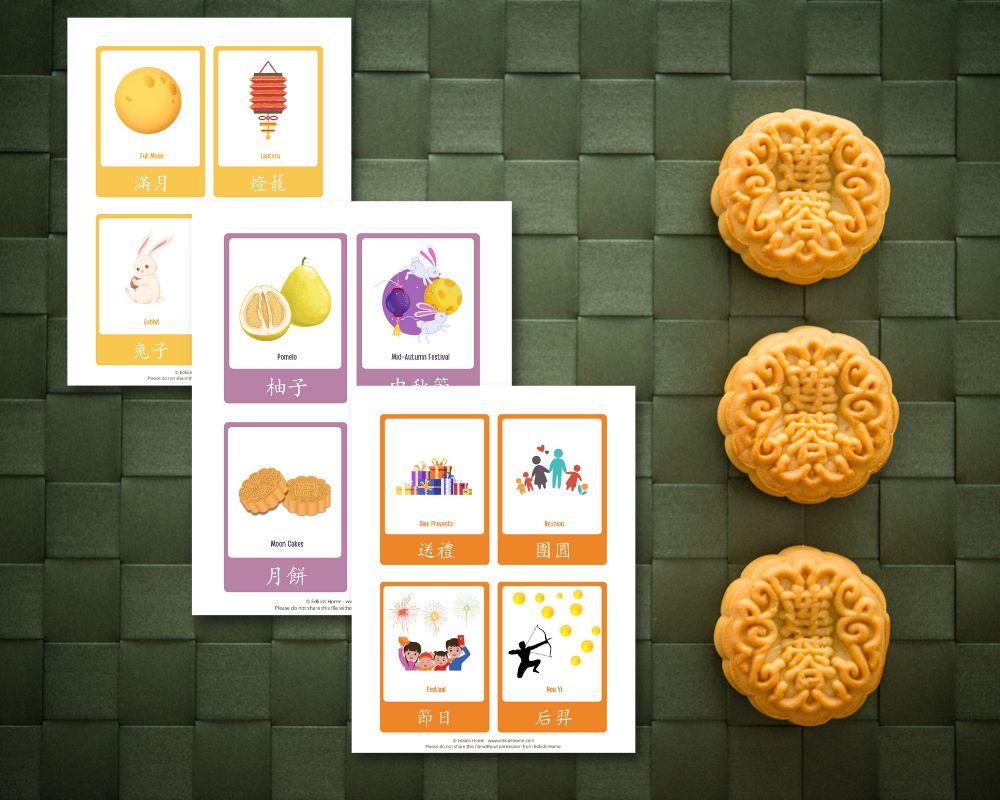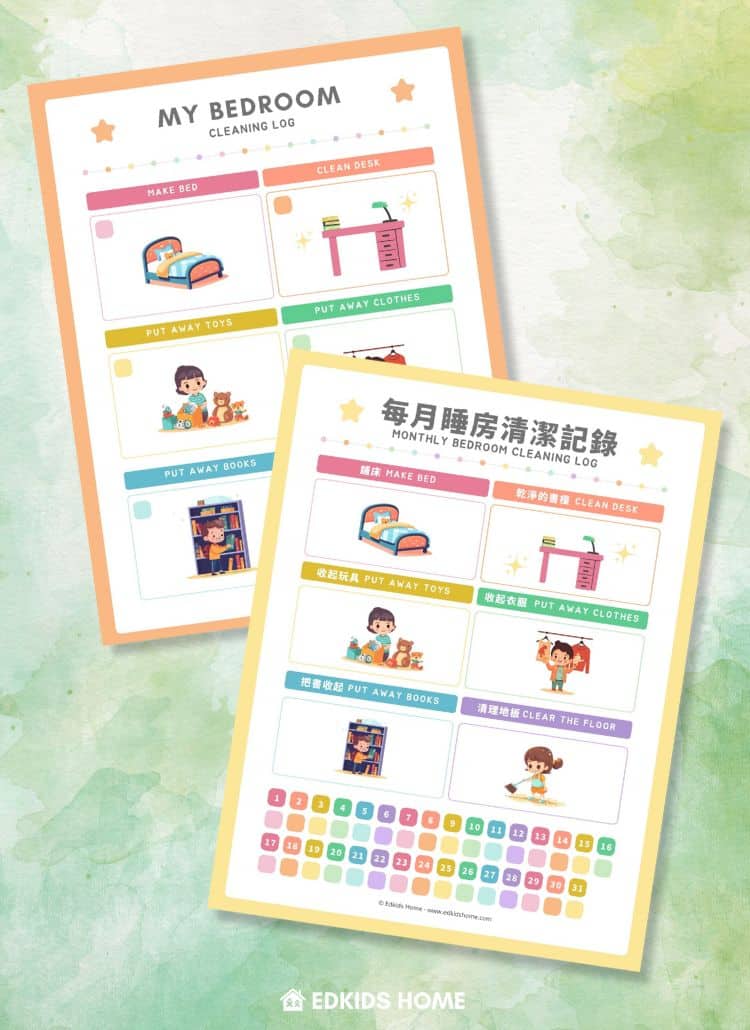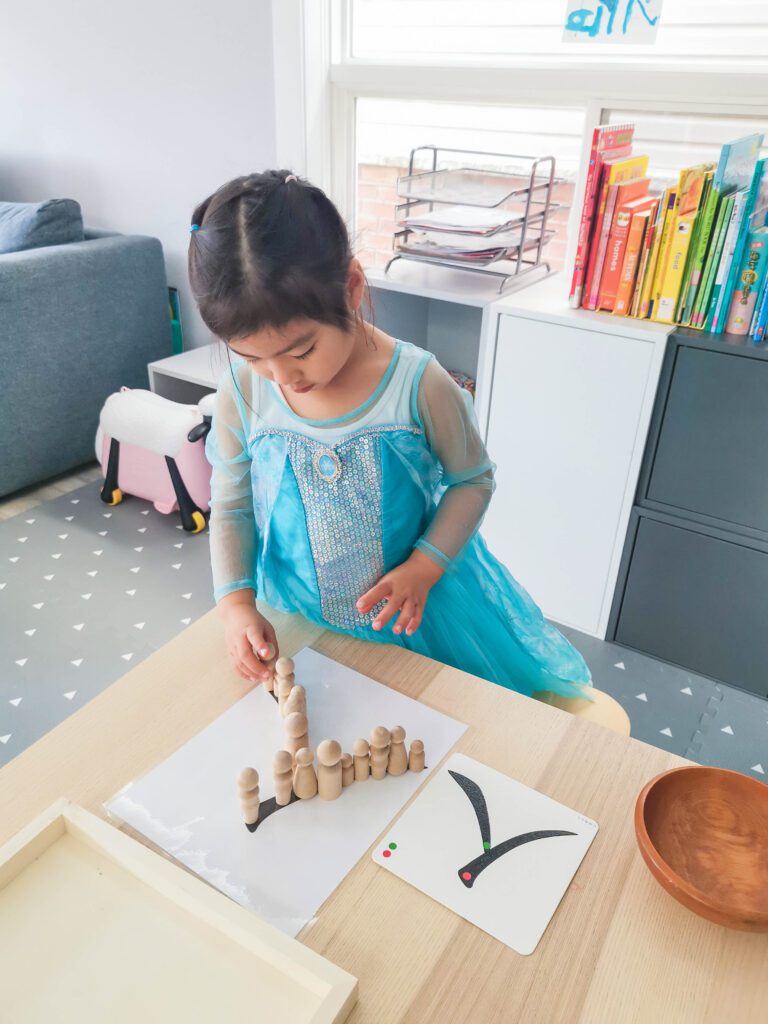
Teaching your children a minority language can be a great way to keep your heritage alive and provide them with a global advantage. However, teaching your children a new language can be tricky, especially if you don't know where to start. Training them can be more challenging when you don't know the language.
Cantonese Chinese is my family's primary language. We've been encouraging our children to speak Cantonese since they were newborns, and they've done very well as they got older. However, once they began school, they preferred speaking English. So, what should we do to enhance our children's Cantonese vocabulary and knowledge? We've devised several ways, and here are sixteen ways to get started.
Why Is It Important to Teach Your Children a Minority Language?
A minority language is a language that is not the most common in your area or country. It can be hard to find people who speak it, but it can be a great way to keep your heritage and learn about other cultures.
We live in Canada, where the main languages are English and French. Therefore, Cantonese Chinese is considered a minority language in our country. Learning Cantonese helps our children to learn more about their heritage. It can be challenging to teach your children yourself if you don't know the language well, but there are ways to make it easier.
How to Choose the Right Minority Language for Your Family?
There are many different minority languages to choose from, so it can be hard to decide which one is right for your family. Here are a few things to consider:
What language do your parents or grandparents speak? This is an excellent place to start, as you likely already have some familiarity with the language.
What languages are spoken in your area or country? If there are several minority languages spoken in your area, you may want to consider learning them all. However, this can be a lot of work, so you may want to focus on one at a time.
What is your family's heritage? If your family has a solid cultural heritage tied to a specific language, teaching that language to your children can be a way to keep that heritage alive.
Once you've considered these factors, choose the minority language best for your family.
What are Bilingual Parenting Strategies?
We speak both Cantonese and English at home with the children. We call this “Chinglish” (a mix of Chinese and English when we form sentences), which is a method called “Mixed Languages.” The downside is that our children are starting to favor English more after school. We are slowly transitioning our approach to “Minority Language is spoken at home” (MLAH). This means we speak the minority language only at home, and the children will speak the second language in the community and at school.
One of my friends speaks Cantonese, and her husband speaks Mandarin. Therefore, their child was exposed to both languages since he was born. This method is called “One parent, one language” (OPOL), which means each parent speaks one language to the child.
16 Fun & Creative Ways to Teach Your Children Chinese
1. Start Early
The earlier you start teaching your children a minority language, the better. They will be more likely to pick it up and be able to retain it if they start learning at a young age. This is especially important if the language is not commonly spoken in your area or country.
We started speaking Cantonese the moment we first met our children. We know that they will pick up English quickly once they enter daycare. Therefore, we do not have huge concerns about whether or not their English speaking and listening skills will be behind in the long run.
2. Make It Fun
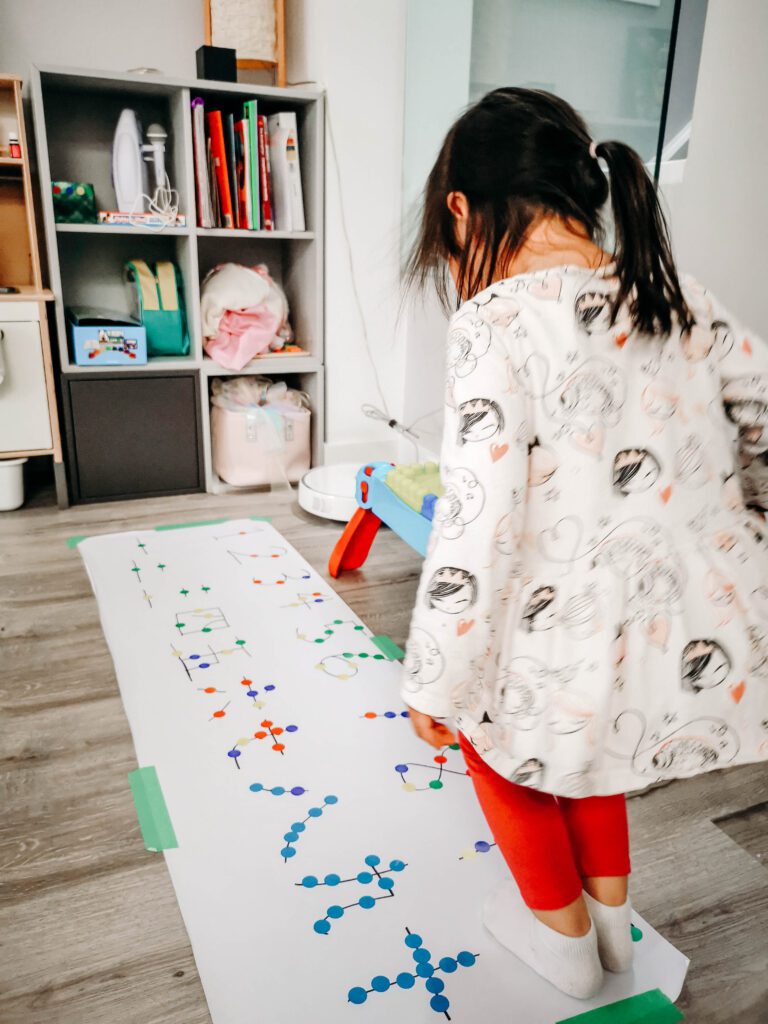
Children learn best when they're having fun. Try to make learning enjoyable by creating games or creative activities. This could involve flashcards, scavenger hunts, singing, or anything else you can think of. Games can help children learn vocabulary and grammar more interactively.
Here are some free flashcards printable available:
3. Encourage Them to Watch Chinese Movies and TV Shows
Watching TV is not the primary source of language learning, but this is an excellent way for our children to catch on to the language naturally. Because Cantonese is a minority language in China, finding Cantonese cartoons is very tough for me. However, I was able to locate sites that provide Cantonese cartoon downloads.
- Disney Plus – I was thrilled when Disney Plus finally has both Cantonese and Mandarin dubbed movies and series available.
- Youtube – There are a number of Youtube channels that provide Cantonese and Mandarin educational videos for children.
Cantonese – This article can find a YouTube list of Cantonese TV programs for kids.
Mandarin – You can find in 8 Educational Chinese Youtube Channels to Help Primary School Learners article. - DVDs & Blue Rays – You can also buy DVDs & Blue Rays via Kozzi.ca. This site has a collection of Cantonese movies and TV shows that are high quality and educational.
4. Read Chinese Books Together
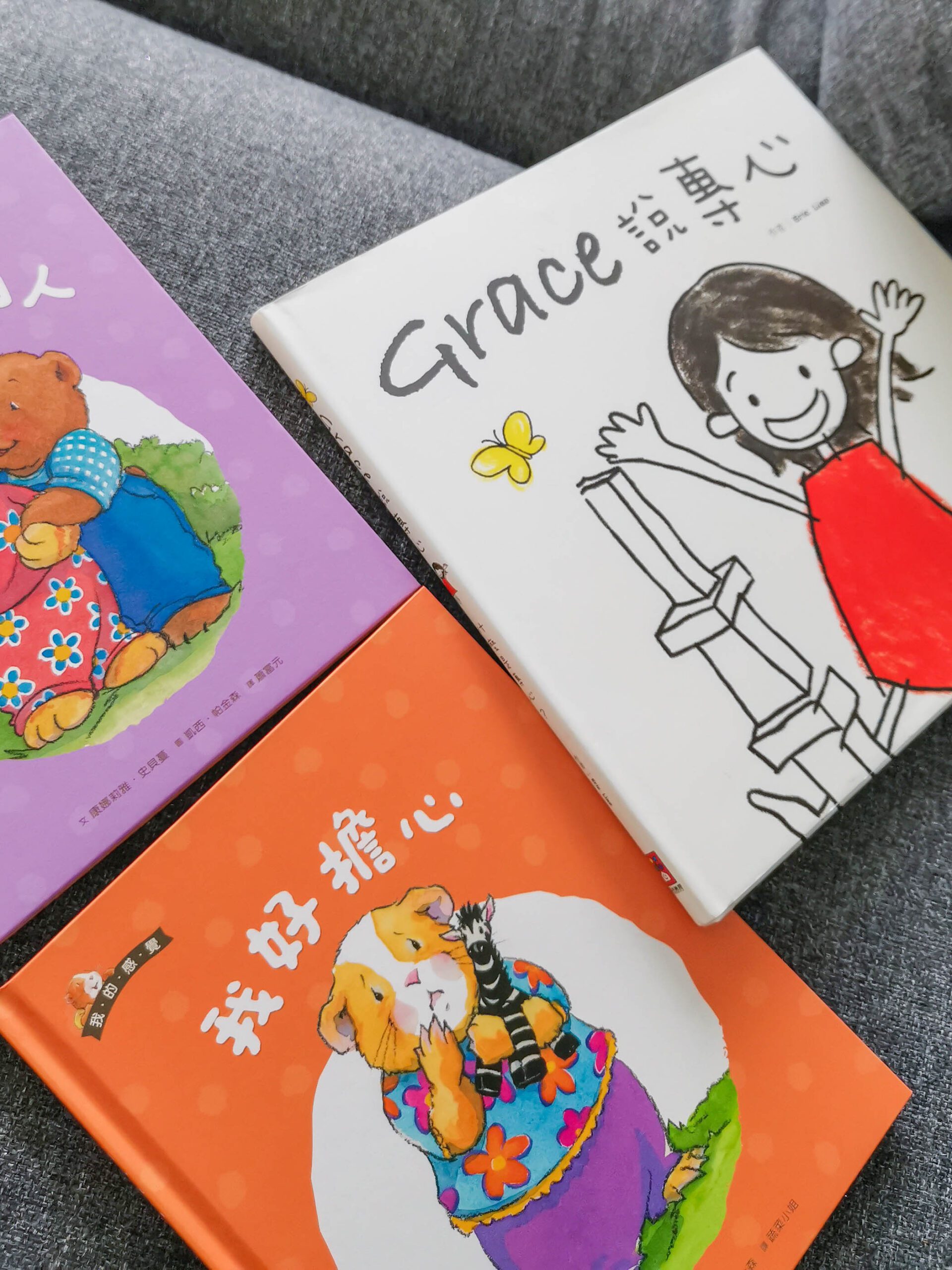
- Read Chinese books together. – This is a great way to bond while also teaching your children the language. It's important to find books that are appropriate for their level so they don't get discouraged.
- Read with and not just to your children. – When you're reading with your children, stop to ask them questions about what's happening in the story. This will help develop their comprehension skills in the language.
- Let them read the story. – After reading the story to your children, have your children retell it to you in their own words. This will help them to develop their oral language skills.
Here are some websites you can buy Chinese books that I recommend:
- Amazon – This is the most convenient option to buy Chinese books.
- Seeds.com.hk – This is a Hong Kong-based online retailer that sell books, toys, games, and ship internationally.
- Books.com.tw – This is Taiwan's largest internet retailer that has a large range of selection of books, movies, music, toys, clothing, and others.
- Kozzi.ca – This Canadian-based store has a collection of Cantonese Traditional Chinese books that ship to Canada & US
- TeenyVille – This Canadian-based store has a collection of Traditional Chinese books imported from Taiwan that ship to Canada & US
5. Listen to Chinese Music and Podcasts Together
This is another fun way to help your children learn the language while spending time together. Listen to music together and talk about the lyrics. This is a great way to discover new vocabulary while enjoying quality family time. I usually use Spotify to play Cantonese children's Songs.
Here is a list of Cantonese song playlists on Spotify I recommend:
- One Hundred Cantonese Children's Songs
- Cantonese Children's Songs: So Funny
Here is a list of Mandarin song playlists, you can find them in the Chinese Podcasts for Parents & Kids article.
Listening to podcast stories can help children learn new vocabulary and improve their listening skills. It can also be a fun way to learn about Chinese culture. Here is a list of Spotify podcasts that tell Cantonese stories I have compiled:
- 朗媽媽說中文故事 Hi Mama Cantonese Story Time
- 喵媽媽講故事 Cantonese storytime with Cath
- Cantonese Learning Journal
- 還星兒童合唱團
6. Find a Language Partner or a Tutor

Finding someone who speaks Cantonese fluently to help with lessons can be helpful. This could be a friend or family member.
Grandparents can play a significant role in teaching children language and culture. They can help with pronunciation, introduce new words, and share cultural stories. My in-laws and my parents are all Cantonese speakers. As a result, my children have an excellent opportunity to learn about the Cantonese language and culture.
If you cannot find a language partner, then it might be helpful to find a tutor who is fluent in the language. This way, they can get one-on-one help and attention.
7. Sign up for Chinese Cultural Classes
Signing up children for Chinese classes is an excellent way for them to meet other children who are learning the language and getting some extra practice. Another option is to take a class together to understand the language alongside your children. This could be an online class or something offered at your local community center. You can also take advantage of language immersion camps, usually offered during the summer or March breaks.
8. Speak the Language at Home
It's essential to make an effort to speak the minority language at home as much as possible. This can help children learn the language quickly and easily. Additionally, it can help them better understand their cultural heritage and connect with their family and ancestors. Speaking the language at home can also help children develop critical linguistic skills and improve their academic performance.
9. Write Down New Words
Whenever your children hear a new word, have them write it down so they can remember it. This could be in a notebook or on a whiteboard.
I usually begin by giving my children a blank notebook to get started. They can write down the new word on one page and draw to depict it once they learn a new Chinese character. This builds a sense of accomplishment after they've written a whole page.
Here is some free practice Chinese character sheets available:
10. Use Technology
There are all sorts of language-learning apps and websites that can be used to supplement your efforts. Look for ones that are specifically designed for children so they can learn in a fun and engaging way. Here is an app I would recommend:
- Cantonese – Gus on the Go is a popular app for learning Cantonese because it uses engaging lesson reviews and interactive lessons to teach nearly 90 vocabulary words. This program employs traditional Chinese characters as well as Hong Kong phrasing.
- Mandarin – You can find a list of apps in this article: Best Chinese Learning Apps for Kids
11. Prepare Home for Chinese

There are a few things you can do to prepare your home for teaching your children Chinese:
- Set up a Chinese library
- Label Common Items to Pick Up Vocabulary
- Display Chinese artwork & educational posters
- Decorate the house to promote Chinese culture during holidays like Chinese New Year, Lunar Moon Festival, etc.
You can download beautiful Chinese Educational Posters at Edkids Home Etsy Shop.
12. Take a trip to China

This is an exciting journey in which you and your children will feel compelled to learn the language more quickly. It's also a fantastic opportunity to discover more about the culture and see attractions.
We traveled to Hong Kong where most of the locals speak Cantonese. Therefore learning the fundamental key phrases such as greetings, please, and thank you, and asking for directions is necessary. Learning the language on the go and at home after returning may teach your children about themselves and the world, so take advantage of it.
13. Surround Them with Chinese-Speaking People
The more children spend time with Cantonese-speaking people, the more they will speak Cantonese. It's not difficult for me to locate because all of our relatives are Cantonese speakers. Many of our friends are also Cantonese-speaking individuals. We only remind them to communicate exclusively in Cantonese with our kids rather than in English.
If you can't locate Cantonese or Mandarin-speaking people in your neighborhood, consider joining online Chinese communities to meet new Cantonese/Mandarin speakers. A few Chinese bloggers on social media can also help you learn more about the language and culture.
14. Celebrate Chinese Holidays
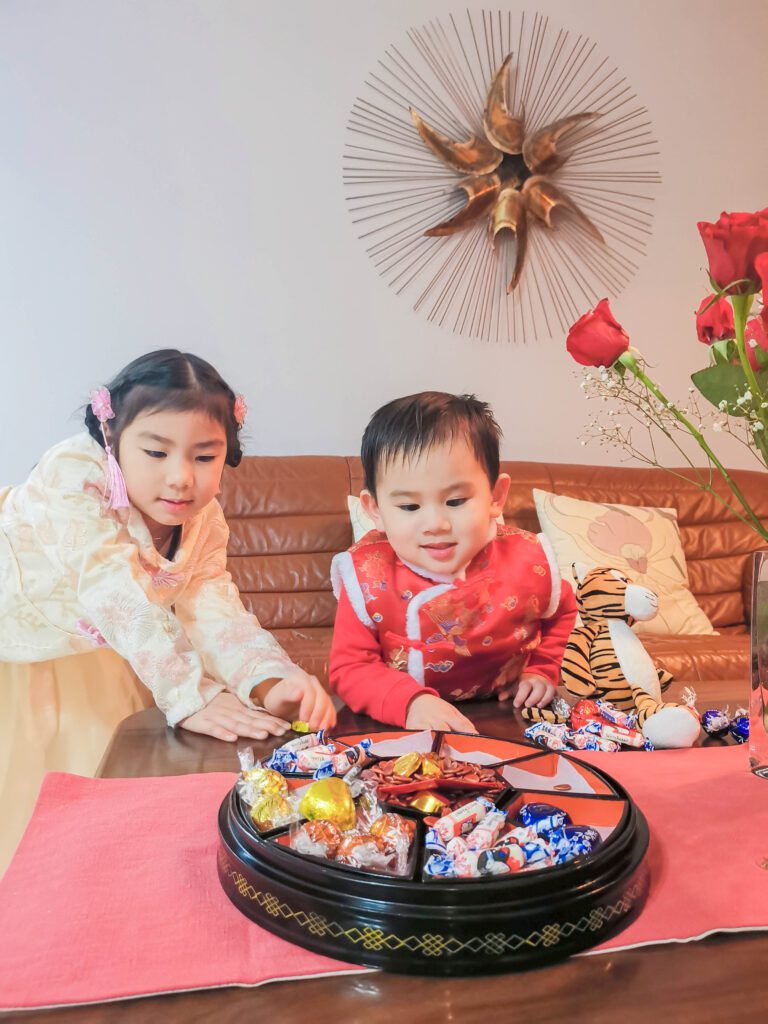
One great way to help your children learn a minority language is to celebrate the corresponding holidays together. This will allow them to learn about the language, culture, history, and traditions associated with the holiday. For example, you can celebrate Chinese New Year together and explain the significance of each holiday to them.
Read: 14 Mid-Autumn Festival (中秋節) Activities for Children with Free Chinese Worksheets
15. Cook or Eat Chinese Food
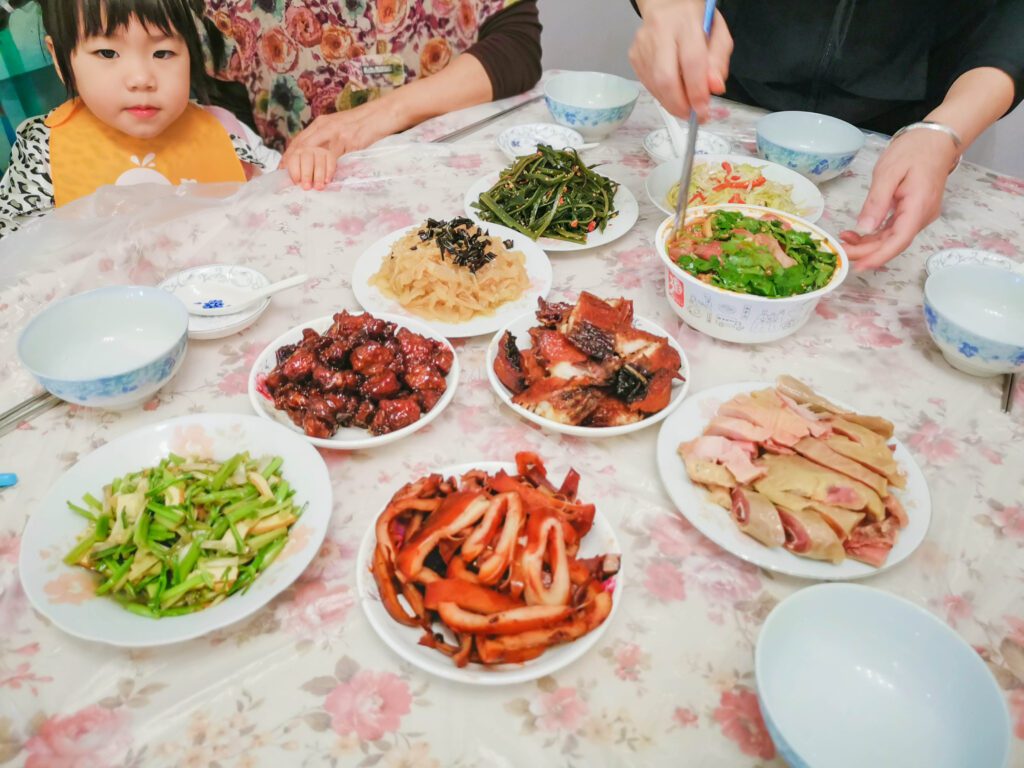
When you cook Chinese food at home, you're not just teaching your children about the language and culture. Still, you're also teaching them about the history and traditions associated with the cuisine. For example, when you cook a traditional Chinese dish like stir-fry chicken, you can tell your children the story of how this dish came to be. An easier way is to go to a Chinese restaurant where there may have Chinese decors and menus, which creates opportunities to teach Cantonese to your children.
16. Repetition
Repetition is vital when it comes to language learning. Have your children practice the exact words and phrases repeatedly until they master them.
Spaced repetition is an excellent way for children to learn a minority language. This is because it helps them remember information better. This technique involves reviewing material at gradually increasing intervals. It is designed to help optimize long-term memory retention.
You can use spaced repetition by creating a schedule for your children to practice the language. This can be done by setting aside time each day for them to practice the language. You can also create flashcards or use apps that help with spaced repetition.
Conclusion
In conclusion, here are the 16 ways to teach your children Chinese:
- Start Early
- Make It Fun
- Encourage Them to Watch Chinese Movies and TV Shows
- Read Chinese Books Together
- Listen to Chinese Music and Podcasts Together
- Find a Language Partner or a Tutor
- Sign up for Chinese Cultural Classes
- Speak the Language at Home
- Write Down New Words
- Use Technology
- Prepare Home for Chinese
- Take a trip to China
- Surround Them with Chinese-Speaking People
- Celebrate Chinese Holidays
- Cook or Eat Chinese Food
- Repetition
Teaching your children a minority language can be a great way to keep your heritage alive and provide them with a global advantage. However, it can be challenging to teach them when you don't know the language yourself. By following these sixteen tips, you can make the process easier for both you and your children. With some patience and effort, you'll be able to help them learn the language and appreciate their heritage.
Do you have any tips for teaching Chinese? Share them in the comments below!

